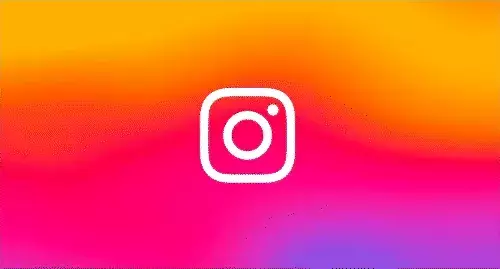The landscape of social media is ever-evolving, and platforms like Instagram are constantly refining their algorithms and functionalities to better serve both users and content creators. Recently, Adam Mosseri, the head of Instagram, provided insights into how the video quality of Stories and Reels is managed based on engagement levels. This raises several questions regarding the balance between quality and accessibility, as well as the implications for creators, particularly those who are not yet in the limelight.
Mosseri’s revelations about the dynamic nature of video quality on Instagram shed light on the platform’s approach to content delivery. According to him, the app adjusts the quality of videos based on their ongoing engagement rates. When a video draws immediate attention, it benefits from high-quality rendering. Conversely, when views taper off, especially for older content, the system reduces the video’s quality to conserve resources and optimize user experience across the board. This practice, while sensible in theory, could inadvertently marginalize less popular content, causing a vicious cycle where low engagement leads to lower quality, which in turn stifles further engagement.
For most users, a seamless watching experience is paramount. When faced with slow internet connections, for instance, users will receive a downgraded version of the video to ensure it loads quickly. This pragmatic approach is aimed at facilitating better overall experiences for bulk users, but it raises the pressing question: what impact does this have on smaller creators striving to establish themselves?
The Dilemma for Smaller Creators
What does this quality adjustment mean for content creators who are not yet equipped with a large following? Mosseri’s admission that Instagram favors high-engagement creators could be seen as a double-edged sword. While larger creators reap the benefits of higher-quality video rendering, those just starting out—or who create niche content with naturally lower engagement—could find themselves at a disadvantage. This creates a chasm that may diminish the visibility of emerging talents.
The inherent bias in Instagram’s quality delivery system inherently aligns with Mosseri’s past statements expressing a desire to improve opportunities for smaller creators. In April, he stated that smaller creators historically haven’t received their fair share of reach, suggesting a systemic imbalance that Instagram aims to rectify. However, these assertions seemed to be in conflict with the varying quality of video support based on popularity. If Instagram’s algorithms are designed to cater primarily to established creators, how can the platform genuinely claim to be aiding those who have yet to gain traction?
Interestingly, Mosseri also asserted that despite the fluctuations in video quality, the variation does not significantly affect engagement. He noted that it is typically the content itself, rather than its quality, that dictates viewer interaction. Yet, this sentiment appears overly dismissive of the emotional response many content creators experience regarding their work’s presentation. For example, a blurred video may not only diminish the professional appearance of a creator’s brand but could also influence viewers’ perceptions of that content’s value.
Sleep on That: Would you feel inclined to share a lower-quality video? For many creators, the answer is no. The drive to present polished and engaging content is fundamental; when quality dips, so does enthusiasm for sharing. Thus, while data may suggest that quality impacts viewer behavior minimally, the subjective experience of content creators must also be taken into account when evaluating the platform’s success at leveling the playing field.
Ultimately, the ongoing dialogue regarding how Instagram handles video quality relative to user engagement reveals much about the platform’s current strategic orientations. While pragmatic solutions offer certain benefits for the broader user base, the repercussions for smaller creators cannot be overlooked. As Instagram continues to navigate the complexities of engagement, quality, and creator equity, it will need to find a way to balance these interests.
Creating an environment where diverse content thrives is not only essential for the platform’s health but also critical for fostering innovation and creativity within the creator community. Whether through improved algorithms or targeted initiatives, Instagram has the potential to redefine the narrative around video quality and creator equity, ensuring that every voice has a chance to resonate, regardless of their current follower count.


Leave a Reply
You must be logged in to post a comment.